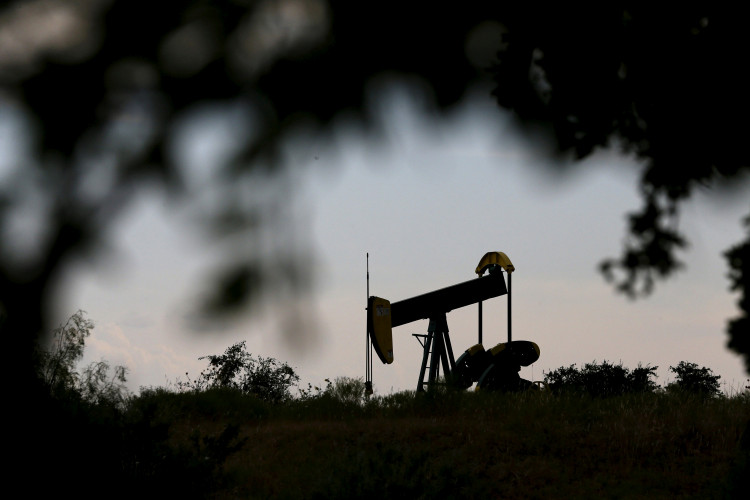Oil prices remained relatively stable on Thursday, as market participants weighed the potential impacts of escalating tensions in the Middle East, as well as reports of North Korean troops heading to Russia, just days ahead of the pivotal U.S. presidential election. Despite broader volatility in recent weeks, Brent crude futures edged up 29 cents, or 0.4%, to settle at $75.25 a barrel, while U.S. West Texas Intermediate (WTI) crude gained 33 cents, or 0.5%, to $71.10 a barrel.
These gains followed a roughly 3% rise earlier in the week, which helped recoup some of last week's steep losses, where oil prices plunged more than 7% on easing concerns about a prolonged conflict in the Middle East and fears of oversupply. Still, the combination of global supply uncertainty and geopolitical risk has left oil traders on edge, particularly as the U.S. election draws near, adding to the potential for further market swings.
"The opposing forces of economic anxiety, loose oil balance, and potential war-related supply disruptions will ensure that no clear oil price direction emerges in the immediate future," said Tamas Varga, an analyst at PVM, an oil brokerage. He noted that while some near-term pressures may ease, the medium-term risks remain tilted toward the downside, especially if global demand continues to falter.
On the geopolitical front, escalating tensions between Israel and Hezbollah in the Middle East have added to concerns about potential supply disruptions. Israeli strikes on the Syrian capital, Damascus, and exchanges of heavy fire with Hezbollah militants on Israel's northern border have heightened fears of broader regional conflict, which could threaten oil supplies from one of the world's most critical energy-producing regions.
Meanwhile, reports from South Korea and the U.S. confirmed that North Korea has already sent 3,000 troops to Russia, with plans to deploy a total of 12,000 soldiers in support of Moscow's war in Ukraine. This marked a significant development in the ongoing conflict, adding another layer of complexity to an already uncertain global landscape. National Security Council spokesperson John Kirby remarked that these troops would be "fair game" if they engaged in combat against Ukrainian forces, further fueling concerns of an international escalation.
In the U.S., the political landscape remains a key driver of market sentiment, with the presidential election just days away. Former President Donald Trump is currently leading in betting markets, though the race between him and Vice President Kamala Harris remains too close to call. Trump's platform, which includes positioning the U.S. as a dominant oil supplier, has raised concerns among market participants that such a policy could depress global oil prices. "Trump has proposed making the U.S. a major oil supplier," noted Kelvin Wong, a senior market analyst at OANDA. "This could weigh on prices if it leads to oversupply."
Despite these risks, other polls suggest the election result remains highly uncertain, which could further roil markets. As Washington continues to push for diplomatic solutions in the Middle East, particularly between Israel and Iranian-backed groups like Hezbollah and Hamas, oil traders are bracing for potential shifts in U.S. foreign policy, depending on the outcome of the election.
Adding to the uncertainty, oil derivatives markets have seen a spike in activity, with traders buying record numbers of Brent options. Contracts hedging against a sharp price increase have become significantly more expensive relative to bearish options, reflecting traders' concerns over potential supply disruptions in the Middle East. These risks are reminiscent of the period following Russia's invasion of Ukraine in 2022, which sent shockwaves through global oil markets.
However, it is not just geopolitical concerns weighing on the market. While crude consumption in China, the world's largest oil importer, has slowed despite government stimulus measures, U.S. demand has remained more robust. Refinery activity in the U.S. is running at its highest seasonal level in six years, providing some support to oil prices. Still, analysts caution that the broader supply-demand balance remains fragile, particularly as investors look ahead to 2025, when an oil surplus could emerge.
As oil markets grapple with these opposing forces, analysts stress that market participants must tread cautiously. "There appears to be a balancing act between the continuously uncertain geopolitical landscape and concerns over an oil surplus in 2025," noted SEB analyst Ole Hvalbye. "It takes courage to maintain a short position in the current market."






